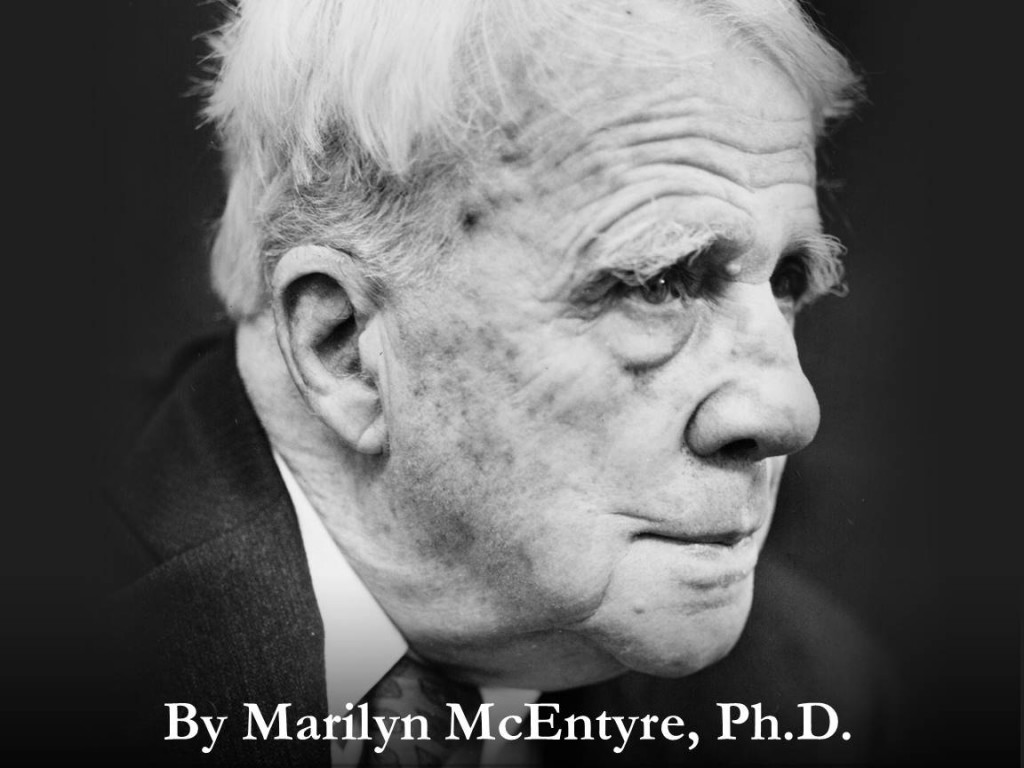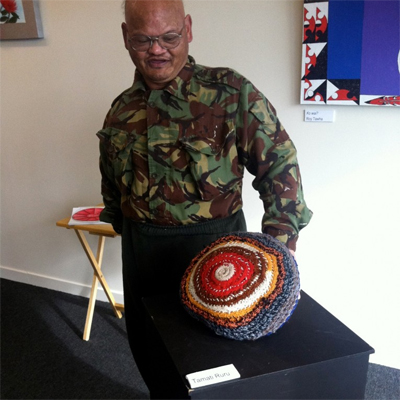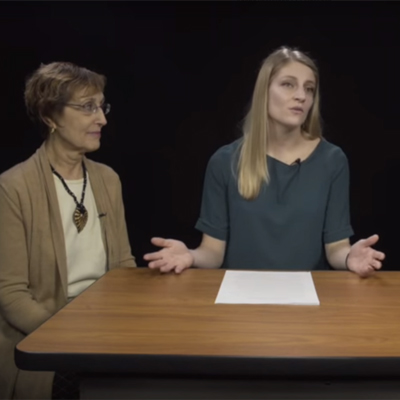You See Me – A Film Review and Narrative from Director Linda J. Brown

In this media review and interview, filmmaker Linda Brown discusses how she used documentary film after her father’s stroke to confront his complex past of trauma and loss to create a redemptive journey of rehabilitation for herself and her family.
The Road Not Taken

Download the article (pdf) Table of Contents “With illness or injury, life gives us situations to overcome which we have never faced before. When a therapist tries to assist a client to get past these obstacles, the poet becomes an ally in the patient’s healing by allowing the patient to see beyond the immediate injury. […]
Preparing the Ground for Interprofessional Education: Getting to Know Each Other

Kimberly Manning and her health science colleagues demonstrate the value of the reflective writing process to promote interprofessional learning amongst faculty.
Poet in Profile – Robert Frost (1874-1963)

Poetry Section Editor Marilyn McEntyre revisits the classic Robert Frost and challenges readers to use Frost’s words to reflect on the way we interact with our patients.
Disabled Souls

Zoher Kapasi’s uses poetry to respond to India’s stark healthcare inequality in the 1980s while calling attention to the role perspective plays in the way we perceive ourselves and others.
Art as a Tool for Disseminating Research Outcomes: The Hauā Mana Māori Project and Participatory Action Research in New Zealand

New Zealand professor Katrina Bryant and colleagues describe their work with patient-centered research resulting in an art exhibit that conveys a cultural experience of disability.
Dual Impact

Amanda Lalonde’s clinical narrative reflects on the power of her patient’s resilience, and its impact on both his recovery and her sense of self as a clinician.
It’s All Good

Veteran poet Hugh Suggs uses his craft to find meaning in suffering and offer hope through the healing language of poetry.
Mentoring the Next Generation of Health Care Providers: An Interprofessional Senior Mentor Program

Renowned Sociology scholar Ellen Idler and colleagues share an innovative interprofessional education program that engages older adults as mentors providing unique insights on aging and healthcare.
Collaborating Across Borders V – October 1, 2015

Download the article (pdf) Table of Contents Voices, Faces, and Relationships: Using Humanities to Facilitate IPE with the Rehabilitation Professions The JHR Editorial Board led a discussion group at the Collaborating Across Borders V conference in Roanoke, Virginia October 1. The theme of the conference was “ The Interprofesssional Journey: Advancing Integration and Impact” Topic/Subject: […]

